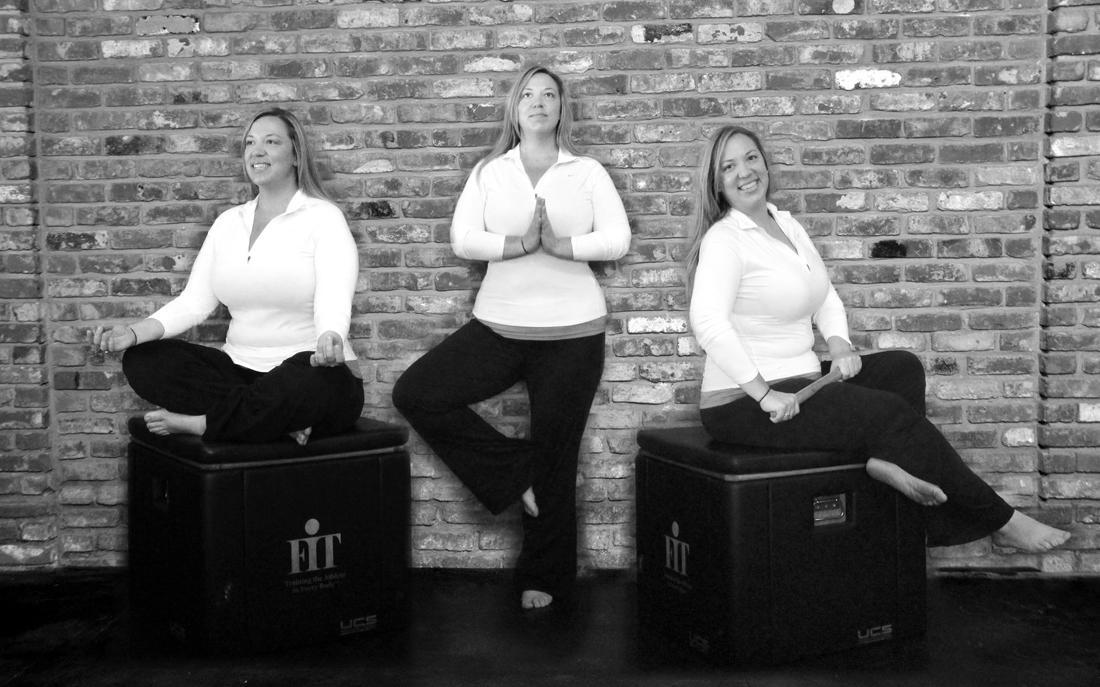The body is a magnificent example of mechanics and physics at their best. In order for the body to function at an optimal level, it needs to move in the way it was designed to. A balance needs to be forged between support (both dynamic and static) and movement.
Motion takes place at very specific points – the joints. Each joint serves a crucial function in movement. Even a basic physical task, such as writing this article, involves many different joint actions throughout the body. Some joints are moving freely, while others are holding steady and supporting a desired posture. In this case, the wrist and finger joints are very mobile, while the intervertebral joints are used to create an upright posture in the chair. This concept, called the Joint-by-Joint approach by Mike Boyle, Mike Robertson, and others, explains the equilibrium that a body must reach for movement efficiency and decreased risk of pain or injury. Taking a broad look at the body, these two characteristics alternate. For example:
- The ankle joint (sub-talar) is a very mobile joint, especially in up/down motions, accounting for ability to walk forward through rocking onto one’s toes.
- The knee joint then is a stable joint only able to hinge the lower leg.
- The lumbar spine is made up of several stable joints that help to transfer muscular force from the lower body into the upper extremities.
- The thoracic spine alternately needs to be very mobile to allow for full motion at the shoulder, as well as rotating the trunk.
When these characteristics are not taken into consideration, we are left with dysfunctional movements, which inevitably lead to pain or injury. As an illustration, think of the volleyball player who has sprained her ankle. Common medical practice is to splint or brace the ankle while healing to return the joint’s structures to health. If proper attention is not paid during rehabilitation to restore normal ankle mobility, the joints immediately above and below the ankle will need to become more mobile. With the simple hinge joint of the knee, this is just not possible, so people are often left with knee pain from an old – and otherwise healed – ankle injury.
So how does someone build a training program – or just move – to ensure that all of the joints throughout the body are performing their intended functions? Well that’s the easy part. Move the joints that are supposed to move, and don’t encourage movements at the joints that are supposed to stabilize. The joint with the greatest promise to improve this balance and promote better movement is the hip. The large ball and socket joint allows for almost unlimited motion of the leg about the pelvis. But as society is spending more time sitting and becoming increasingly sedentary, the hip joints are not being asked to move as they should. This has led to the high rates of lower back (lumbar spine) and knee pain that are ubiquitous in people trying to improve their health by exercising. How to improve this? Move the hips.
- In a lunge position, stretch and gently bounce to improve the front of the hip socket and let the pelvis sit more evenly, taking stress off of the lower spine. Moving back and forth and up and down allows for a subtle stretch of the supporting soft tissues around the hip joint, as well as lubricating the joint to allow for better movement.
- Cross your legs. Sit on the floor cross-legged, sit in a chair cross-legged, stand and pull one foot up to your opposite hip.
All of these movements will pull the hip forward and out away from the joint socket, improving the space in that joint socket and promote smoother motion.
Sounds simple doesn’t it? The greatest thing you can do to improve your movement is move. Find the balance between too much movement at stable joints and not enough movement at the mobile joints, and watch your pain decrease and your function improve.



















